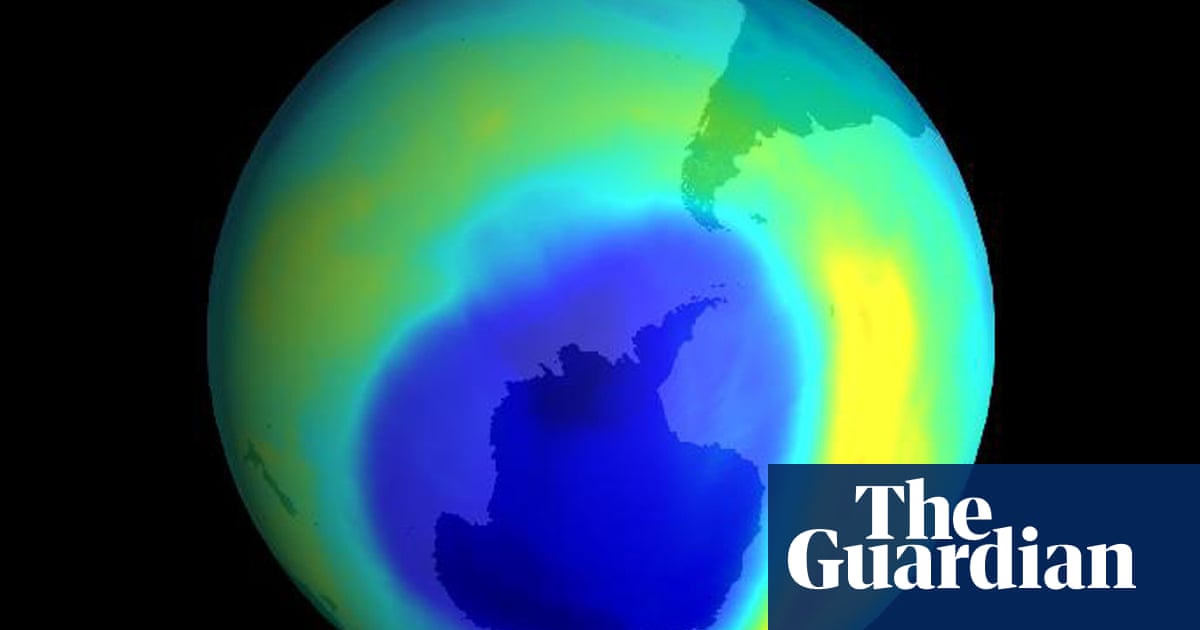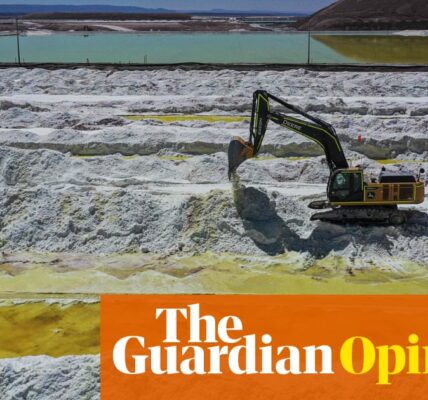
Man destroying Earth’s protective atmosphere
1 July 1974
Freons, the compounds of chlorine and fluorine commonly used as propellants in canned aerosols, are accumulating in the upper atmosphere and accelerating the man-induced destruction of the Earth’s protective ozone.
Ozone in the upper atmosphere, already under threat of destruction from the exhaust gases of high-flying aircraft, rocket exhaust, and industrially produced nitrogen oxides, protect life on Earth by filtering out the potentially damaging ultraviolet component of sunlight.
The danger is that contamination introduced by man’s activities will so alter the equilibrium of chemical processes in the upper atmosphere that the ozone and the protection it affords will be severely diminished. Fears that Freons, which for practical purposes can be considered entirely man-made, might become a major cause of ozone destruction are voiced by scientists from the department of chemistry at the University of California in the current issue of Nature.
Measurements in the upper atmosphere imply that the entire integrated world production of these stable compounds simply ends up in the atmosphere where, very slowly, they may be broken down to release active chlorine atoms and so-called free radicals.
Calculations indicate that the time required for the chemistry of the upper atmosphere to reach a steady-state after the injection of Freon-type materials would be several decades.
For not only is there a considerable time-lag between the release of Freons at the surface of the Earth and their ultimate infiltration of the upper atmosphere, but the rate of breakdown is extremely slow. Thus, although increasing production of Freons to meet refrigeration and aerosol demands seems relatively slow, the accumulated burden reaching the atmosphere means that existing concentrations in the upper atmosphere will inevitably rise to around 30 times present levels.
With the problem of slow breakdown and hence long delay before the full effects can be felt from the increase of chlorine atoms, man’s use of Freons appears to entail large but so far unpredictable hazards. The specific chemistry of Freons and the extreme reactivity of the ozone molecule imply dangers of such magnitude that it may not be safe to visit and see or even to wait for yet more measurements. As in the case of toxic compounds with an unusually long life in the environment, controls may need to be applied before the potential disasters become reality.
Source: theguardian.com



